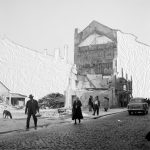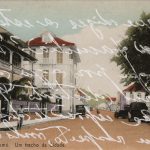2022
In Álbum de família, Carla Cabanas deviates from her previous works, not elaborating on the performance of the person posing, the gaze of the person capturing it, the plot of a tale of intermittences, its recollection through different eyes, which make the family photograph album a deposit of obscure glimpses and vague murmurs, of fictions on fictions, a fragmented and improbable resonance.


















